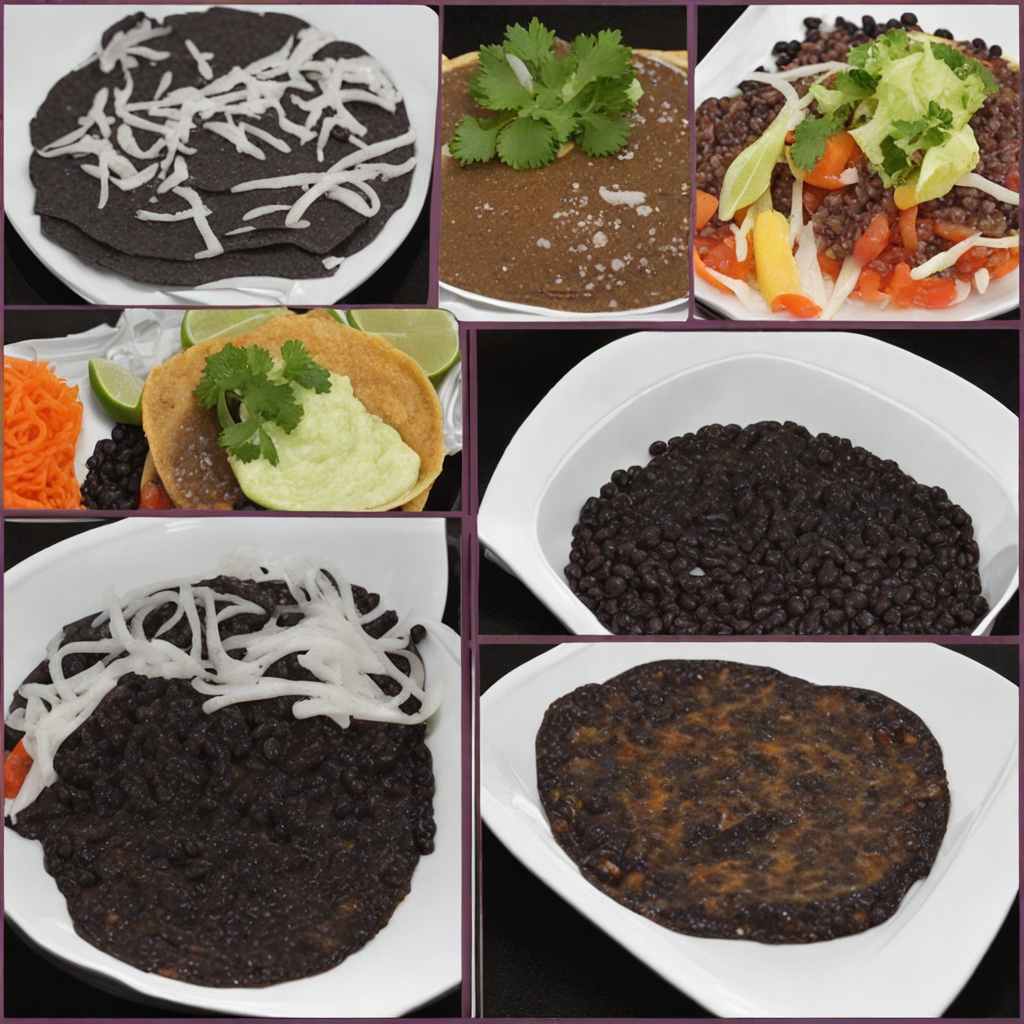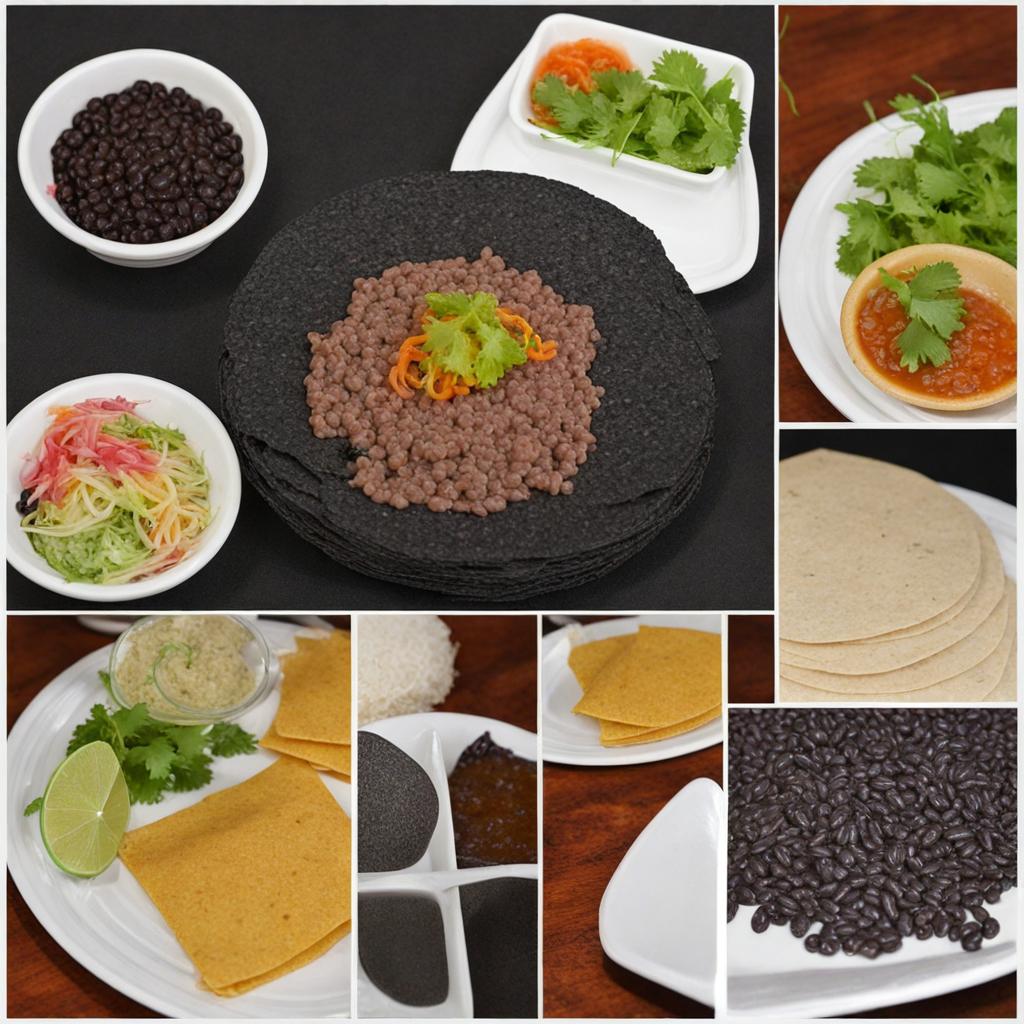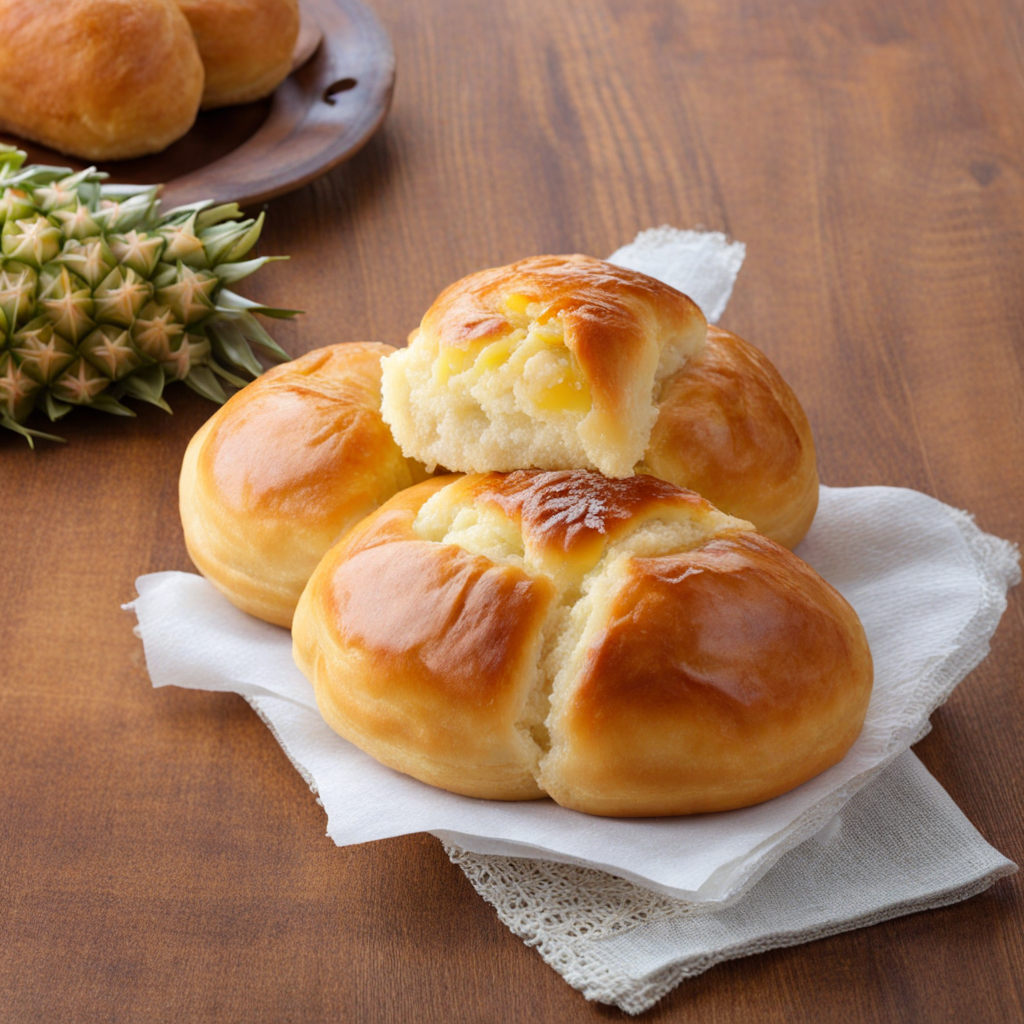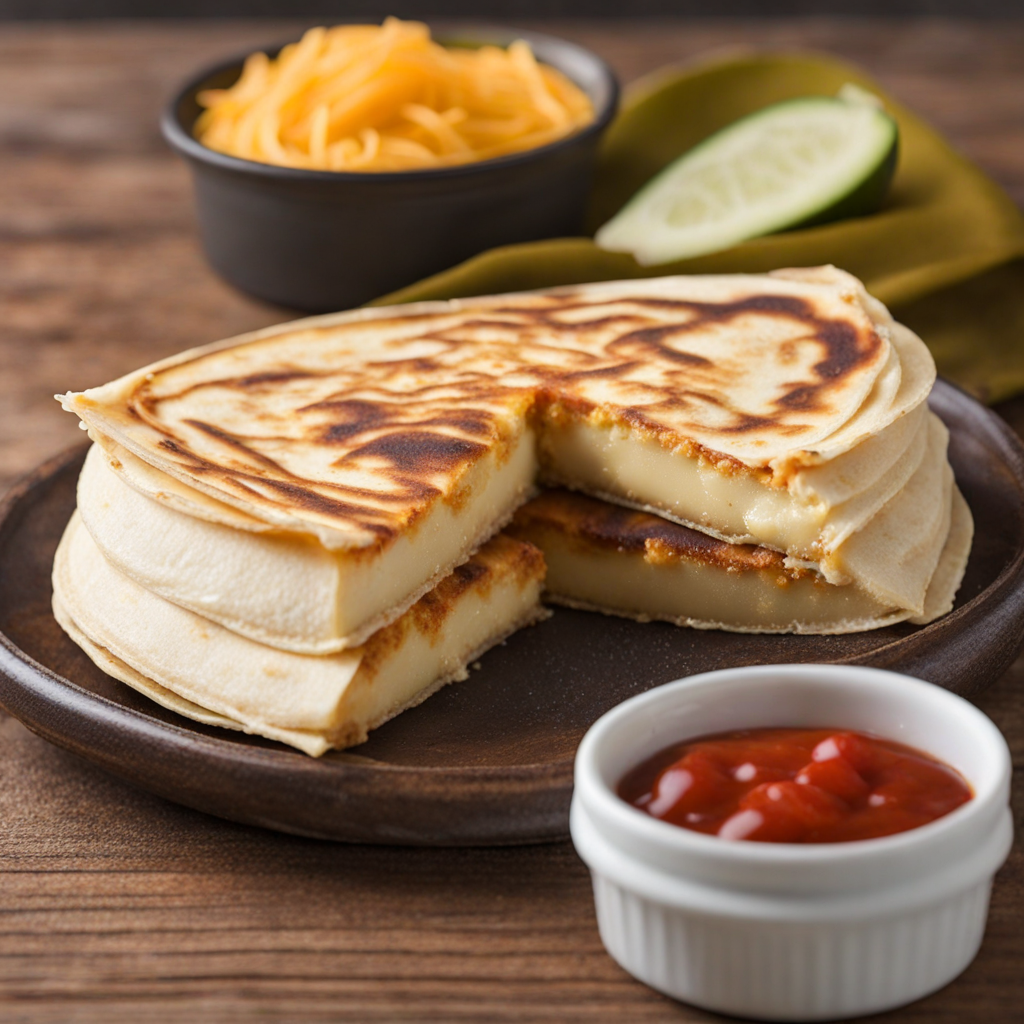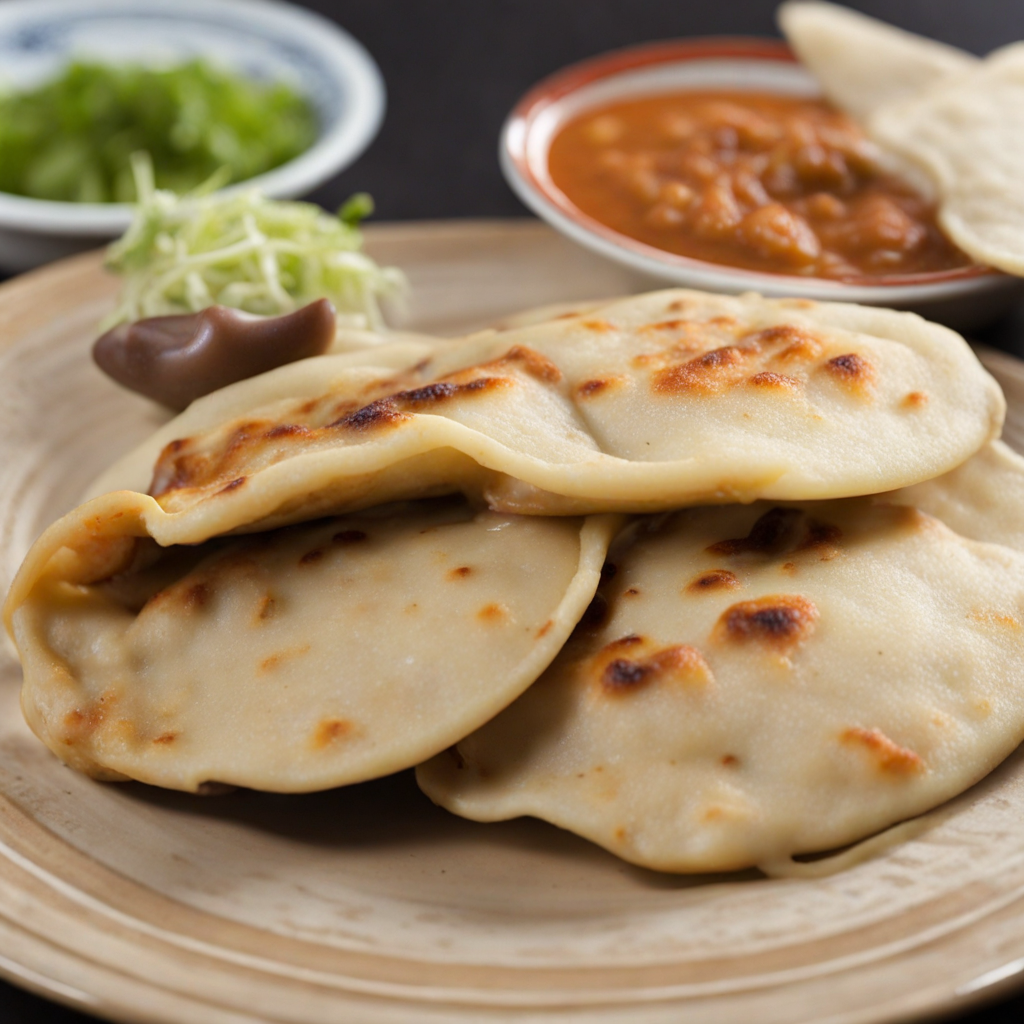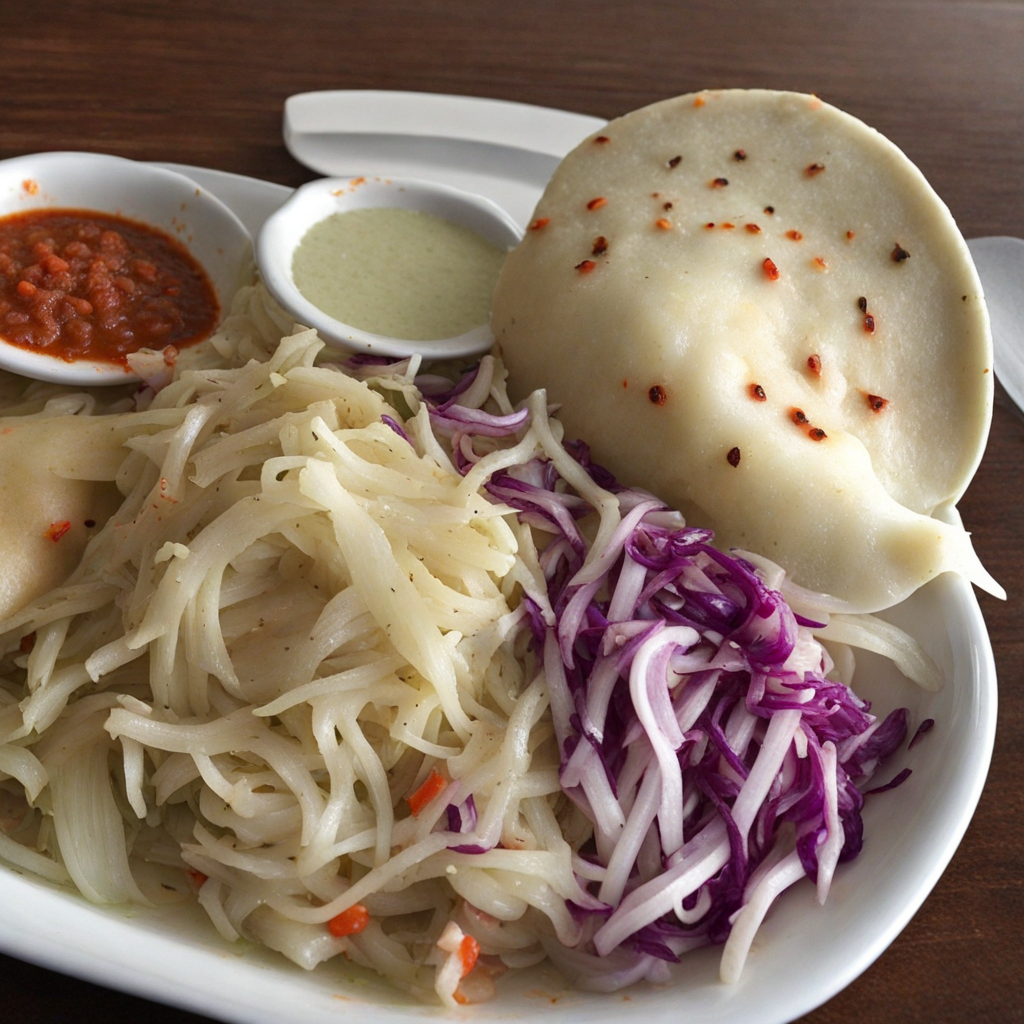Shuco
Shuco is a traditional Salvadoran dish that tantalizes the taste buds with its unique combination of flavors and textures. At its core, Shuco consists of a grilled sausage, typically made from pork, which is enveloped in a freshly made tortilla. The sausage is seasoned to perfection, offering a smoky, savory taste that is complemented by the charred, warm tortilla. The crisp exterior of the sausage contrasts beautifully with the soft, pliable tortilla, creating a delightful bite that is both satisfying and comforting. To elevate the experience, Shucos are often adorned with a variety of vibrant toppings. Freshly chopped onions, tangy tomatoes, and zesty cabbage slaw add a refreshing crunch, while a drizzle of spicy salsa or homemade tomato sauce introduces a burst of heat that balances the richness of the sausage. These toppings not only enhance the flavor profile but also bring a colorful presentation that makes the dish visually appealing. Each ingredient works harmoniously to create a complex yet approachable taste that invites you to savor every bite. Shuco is more than just a meal; it embodies the essence of Salvadoran street food culture. Typically enjoyed on-the-go, this dish encapsulates the spirit of community and tradition, often found at bustling food stalls and local eateries. The combination of the grilled sausage, warm tortilla, and lively toppings embodies a delightful fusion of flavors that is both nostalgic and exhilarating for those eager to explore the culinary landscape of El Salvador. Whether you're a seasoned food lover or a curious newcomer, Shuco is an unforgettable journey into the heart of Salvadoran cuisine.
How It Became This Dish
Shuco: A Culinary Treasure of El Salvador Introduction Shuco is a beloved culinary gem of El Salvador, a dish that embodies the country’s rich history, cultural fusion, and the warmth of its people. This Salvadoran street food, often overshadowed by its more famous counterpart, the pupusa, offers a unique glimpse into the nation’s palate and the evolution of its food culture over the years. Origins of Shuco The origins of Shuco can be traced back to the Indigenous peoples of El Salvador, who have a long history of creating dishes from maize, beans, and various local ingredients. The term "shuco" itself is derived from the word "sucio," meaning "dirty" in Spanish. This nomenclature reflects the dish’s robust and hearty appearance, filled with a variety of toppings that can give it a somewhat messy presentation. Shuco is essentially a grilled or toasted hot dog, nestled in a freshly made tortilla. The use of tortillas is deeply rooted in Mesoamerican culture, where maize was a staple food long before the arrival of Europeans. The addition of the hot dog can be attributed to the influence of German immigrants in the early 20th century, who brought their culinary traditions to Central America. Over time, this fusion of Indigenous and European flavors culminated in the creation of Shuco, making it a symbol of Salvadoran identity. Cultural Significance In El Salvador, Shuco is more than just a food item; it is a cultural symbol that reflects the spirit of community and togetherness. Street vendors are often found in bustling markets and at local fairs, offering this popular snack to passersby. Eating Shuco is an experience that brings people together, whether it’s a late-night snack after a night out or a quick bite during a busy day. The preparation of Shuco is often a communal activity, with families gathering to assemble the dish, each adding their personal touch. This practice reinforces the importance of food as a means of bonding and sharing among Salvadorans. Furthermore, Shuco is often enjoyed during festive occasions, such as family celebrations, fairs, and even sporting events, making it an integral part of the Salvadoran social fabric. Ingredients and Variations The traditional Shuco consists of a grilled hot dog served in a soft tortilla, garnished with a plethora of toppings that can vary widely. Common toppings include: - Cabbage slaw: A tangy, crunchy addition that provides a refreshing contrast to the richness of the hot dog. - Tomato sauce: Often spiced or blended with local flavors, this sauce adds moisture and depth to the dish. - Mustard and mayonnaise: These condiments are staples that enhance the overall flavor profile. - Avocado: A creamy addition that adds richness and balances the acidity of the other ingredients. - Spicy salsa or hot sauce: For those who enjoy a kick, a drizzle of spicy salsa can elevate the Shuco to new heights. Regional variations have emerged over time, with some vendors adding unique elements, such as cheese, jalapeños, or even fried eggs, showcasing the adaptability of this dish to local tastes. The versatility of Shuco has allowed it to evolve continually, resonating with both traditionalists and modern foodies alike. Development Over Time Shuco’s journey through time reflects the broader historical and social changes in El Salvador. The early 20th century saw a rise in urbanization, leading to the growth of street food culture. As cities expanded, so too did the demand for quick, affordable meals. Street vendors began selling Shuco, capitalizing on its simplicity and satisfying nature. The Salvadoran Civil War (1980-1992) profoundly affected the country’s food culture. As families were displaced and communities shattered, traditional food practices were disrupted. However, food remained a source of resilience. Shuco, like many other dishes, became a symbol of comfort and familiarity, a reminder of home even in the face of adversity. In the 1990s, with the end of the civil war and the subsequent diaspora of Salvadorans to the United States and beyond, Shuco began to gain international recognition. Salvadoran immigrants brought this dish to new locations, introducing it to diverse audiences. Restaurants and food trucks began to pop up, serving Shuco alongside other Salvadoran staples. This marked a new chapter in the dish’s history, as it transitioned from a local street food to a culinary ambassador for Salvadoran culture. Modern-Day Shuco Today, Shuco is experiencing a renaissance both in El Salvador and abroad. The rise of food tourism has led many to explore the streets of San Salvador, where vendors proudly serve their versions of this iconic dish. Food blogs and social media platforms have played a significant role in promoting Shuco to a wider audience, with influencers highlighting its deliciousness and cultural significance. Restaurants that specialize in Salvadoran cuisine have also embraced Shuco, offering gourmet interpretations while maintaining its traditional roots. Chefs experiment with various ingredients and techniques, pushing the boundaries of what Shuco can be while still honoring its heritage. Furthermore, the dish has become a canvas for culinary creativity, with fusion versions incorporating elements from other cuisines. For instance, some vendors may offer a Shuco with Korean barbecue flavors or toppings inspired by Mexican street food, showcasing the evolving nature of food culture in a globalized world. Conclusion Shuco is not merely a dish; it is a narrative woven into the fabric of Salvadoran history. From its Indigenous roots to its modern-day adaptations, Shuco reflects the resilience of a people and their ability to blend tradition with innovation. As it continues to evolve, it remains a beloved symbol of community, celebration, and cultural identity in El Salvador and beyond. Whether enjoyed from a street vendor in San Salvador or in a restaurant in Los Angeles, Shuco serves as a delicious reminder of the rich culinary heritage that El Salvador has to offer.
You may like
Discover local flavors from El Salvador


